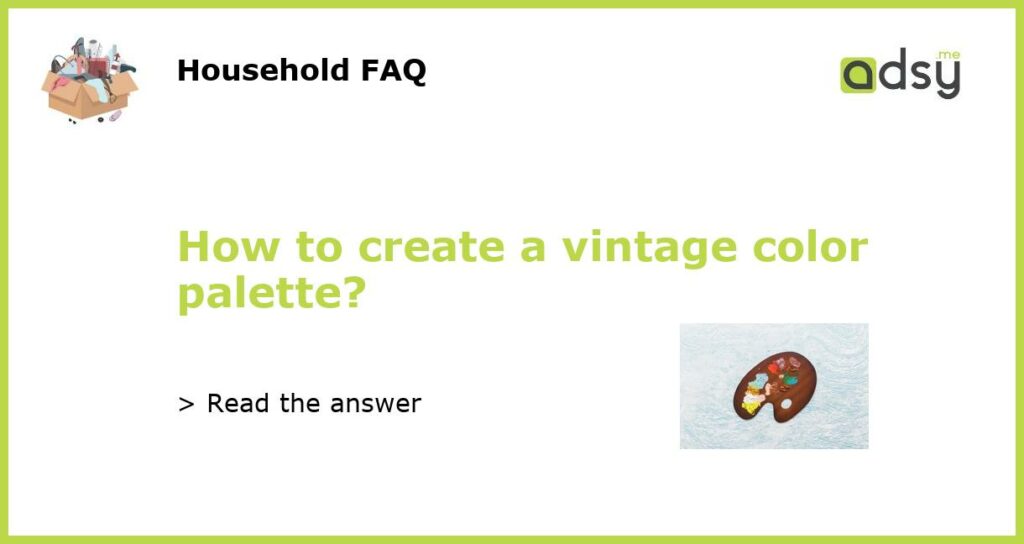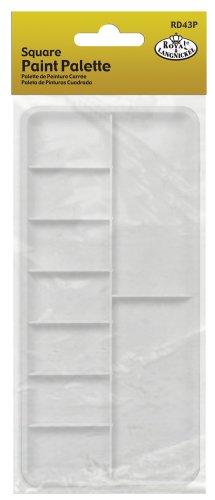What is a vintage color palette?
A vintage color palette refers to a collection of colors that are reminiscent of the past, particularly the styles and aesthetics of the 1920s to the 1960s. It typically includes soft and muted tones, warm hues, and earthy colors.
Research and gather inspiration
Before creating a vintage color palette, it is essential to do some research and gather inspiration from the time periods you wish to recreate. Look for vintage photographs, artwork, fashion, and home decor from the era you are interested in.
Explore online resources, such as vintage-themed blogs or websites, that offer a wide range of vintage visuals. Additionally, visit local libraries or museums that may hold vintage books or archives to gain further insight into colors and trends of the past.
Choose a dominant color
Once you have gathered inspiration, it is time to choose a dominant color for your vintage color palette. This color will serve as the primary hue in your design or project. For a vintage feel, consider opting for warm and inviting colors such as mustard yellow, faded rose, olive green, or dusty blue.
Take into account the atmosphere you want to create with your vintage color palette. For a more glamorous and sophisticated vibe, deep jewel tones like ruby red, emerald green, or sapphire blue can be excellent choices.
Select complementary colors
Next, select complementary colors that will harmonize and enhance your dominant color. Complementary colors are those that are opposite each other on the color wheel, creating a pleasing contrast when combined.
For a vintage color palette, consider complementing warm tones with muted or pastel hues. For example, if your dominant color is a warm mustard yellow, complementary colors can include soft blush pink, light mint green, or pale lavender.
It is crucial to maintain a balanced composition when selecting complementary colors. Aim for a mix of warm and cool tones to add depth and visual interest to your vintage color palette.
Balance and experimentation
Creating a vintage color palette is a subjective process, and there isn’t a rigid set of rules to follow. It is crucial to experiment and find the right balance between your chosen colors to achieve the desired vintage aesthetic.
Consider creating swatches or color schemes to visualize how different colors interact with each other. Play with various combinations, adjusting the saturation and brightness levels until you achieve the desired vintage vibe.
Additionally, keep in mind the context in which you will be using your vintage color palette. If it is for web design, ensure that the colors translate well on digital screens. Conversely, if it is for print or physical products, consider how the colors will appear in different lighting conditions.
Remember, creating a vintage color palette is all about embracing nostalgia and evoking the spirit of a bygone era. Allow yourself to be inspired and let your creativity flourish as you bring a touch of vintage charm to your projects.






